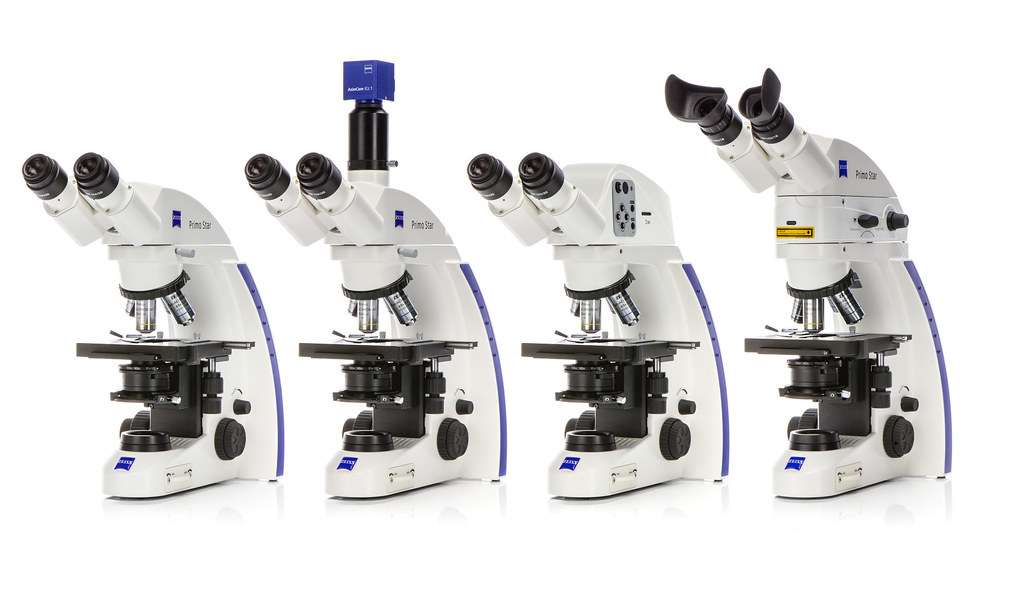Written by Microscopehunt Authority
.

How to Clean a Microscope Lens Introductions:
Cleaning a microscope lens is essential for clear viewing and accurate observations. A smudged lens can obstruct your view and lead to misinterpretations of your specimens. Here, we will guide you through the cleaning process, answering key questions to ensure your microscope lenses remain in top condition.
How to Clean Microscope Lenses
To clean microscope lenses effectively, you need to follow a simple process. Start by gathering your cleaning materials, which should include a squeeze bulb or compressed air, lint-free lens paper, distilled water, and optical lens cleaner. Ensure that you gather all necessary materials before starting the cleaning process.
First, always handle your microscope carefully. Avoid touching the lenses with your fingers, as oils from your skin can leave marks. When you notice dirt or smudges, it’s time to clean the lenses. Regular maintenance will help ensure that your microscope provides clear images every time you use it.
How Do You Determine Where the Dirt Is on Your Microscope Lens
Identifying where the dirt is located is a crucial step in understanding how to clean a microscope lens effectively. If you notice a spot while viewing through the microscope that appears only at one magnification, the dirt is likely on the objective lens. However, the dirt is probably on the eyepiece lens if the spot is visible across all magnifications.
To confirm this, try turning the eyepiece. If the spot moves, it indicates that the dirt is on the eyepiece. This process is essential when learning how to clean a microscope lens, as it ensures you focus your cleaning efforts on the correct area, improving your microscope’s performance
What Should You Do If Dust Remains on Your Eyepiece Lens After Blowing It Off
If dust remains on your eyepiece lens after using a squeeze bulb or compressed air, don’t worry—this is a common step when learning how to clean a microscope lens. Begin by gently wiping the lens with a clean Kimwipe or lint-free cloth lightly moistened with distilled water to remove stubborn particles.
If the marks persist, you can use isopropyl alcohol or a specialized optical lens cleaner designed for microscopes. Apply a small amount to a clean cloth or cotton swab, and gently wipe the lens in a circular motion, starting from the outer edge and moving toward the center. Being cautious and gentle is key to avoiding damage when mastering how to clean a microscope lens effectively.
What Should You Avoid Using When Cleaning Microscope Lenses?
Certain materials and substances can damage microscope lenses, so it’s crucial to know what to avoid. Never use acetone, as it can dissolve plastic and harm the lens coating. Similarly, avoid tap water, as it contains minerals that can leave spots when it evaporates.
Tissue paper and paper towels are also unsuitable for cleaning lenses. These materials can be too abrasive and may scratch the delicate surfaces. Always opt for lint-free cloths or specialized lens wipes instead.
What Steps Can You Take to Keep Your Microscope Clean
Preventive measures can help keep your microscope lenses clean for longer. One of the simplest measures is to consistently cover your microscope when it’s not being used. Most microscopes come with a cover that protects them from dust and debris. If you’ve lost your cover, consider purchasing a new one to maintain cleanliness.
Another effective method is to wear gloves while handling your microscope. This protects the lenses from oils and dirt that accumulate on your fingers. Regularly washing your hands is also a good practice, but gloves provide an extra barrier against contamination.
What Are Some Best Practices for Handling a Microscope to Prevent Contamination
To prevent contamination, handle your microscope with care. Always use both hands when moving it to avoid dropping or bumping it. When placing slides on the stage, use clean tools, such as tweezers, to avoid touching the slides directly.
Additionally, be mindful of your environment. Keep the area around your microscope clean and free from clutter. Avoid eating or drinking near your microscope to minimize the risk of spills or stains.
Conclusion
Cleaning your microscope lenses is a straightforward process that can greatly enhance your viewing experience. By following these steps and being aware of what to avoid, you can keep your microscope in excellent condition. Regular maintenance and careful handling will ensure that your microscope remains a valuable tool for your studies.
Knowing how to clean a microscope lens is essential for maintaining the clarity and functionality of your equipment. Proper cleaning techniques protect the delicate lenses from damage, ensuring they provide accurate and clear observations. By regularly practicing the correct methods for how to clean a microscope lens, you can extend the life of your microscope and enhance its performance.
Regular maintenance and care are key to mastering how to clean a microscope lens effectively. By taking the time to handle and clean your microscope properly, you ensure it remains a reliable and valuable tool for all your scientific and educational pursuits.
